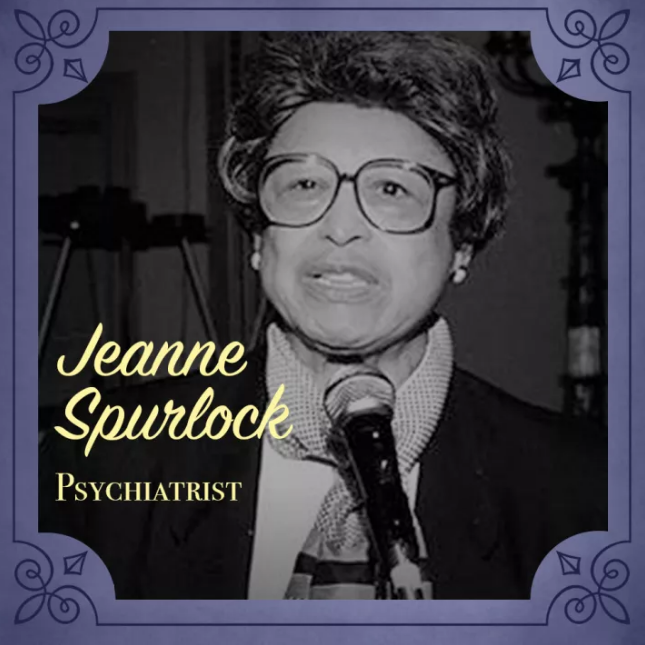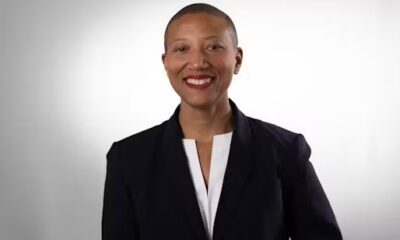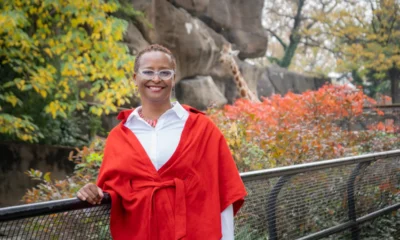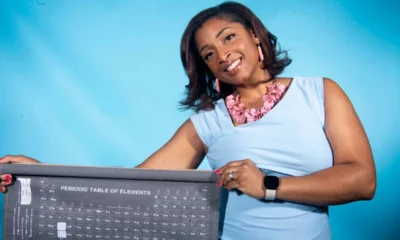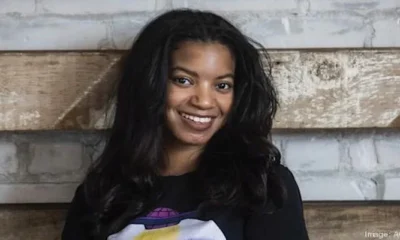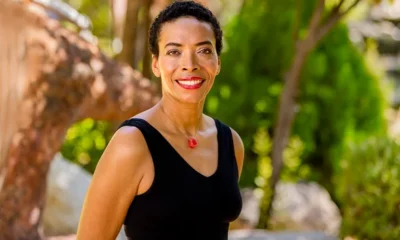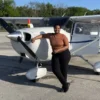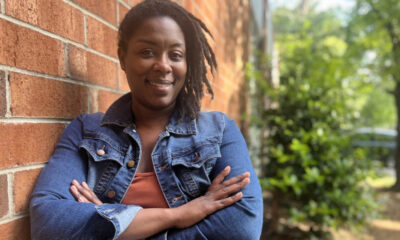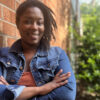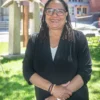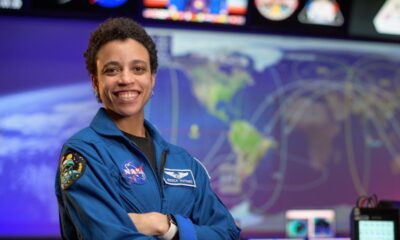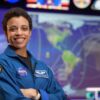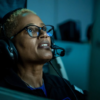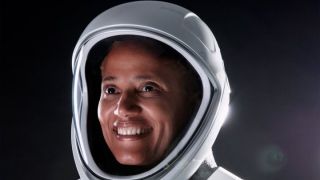Black Women in Science
23 Black Female Scientists Who Changed The Damn World
1. Alice Ball (1892-1916), a chemist who created the first effective treatment for leprosy when she was only 23.
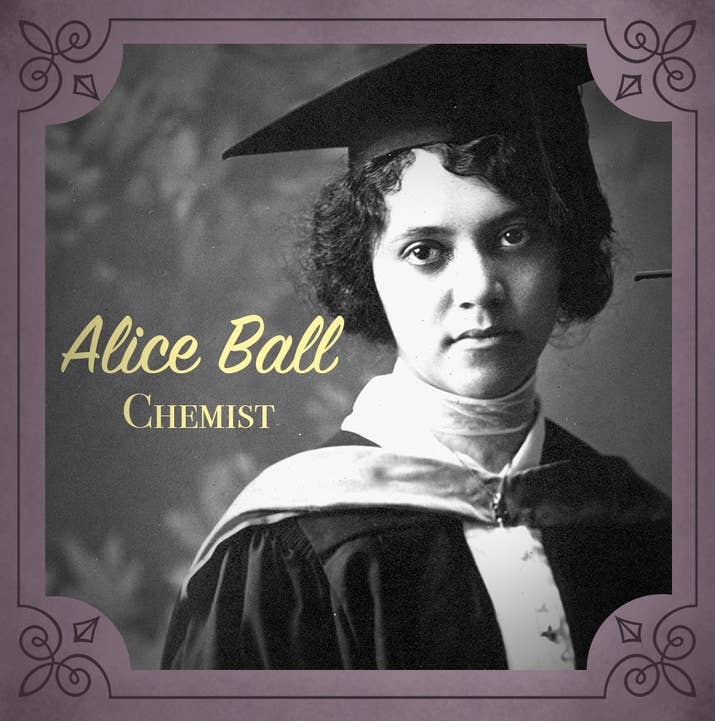
Okay so prior to Alice, people had known for hundreds of years that a potential treatment to leprosy existed in the form of something called Chaulmoogra oil. It was too thick to effectively circulate through the body, but Alice Ball, science prodigy and chemist extraordinaire, was the one who FINALLY figured how to turn it into a working treatment. It’s thanks to her that a leprosy crisis was avoided in the early 1900s. Bless you, Alice.
2. Annie Easley (1933-2011), a rocket scientist who developed software for Centaur, one of NASA’s most important high-energy rocket launchers.

Stay with me for a second because this is actual rocket science. Centaur is a second-stage rocket launcher: the workhorse of the rocket world used to propel countless probes and satellites into space. It’s been invaluable to NASA since its creation, first allowing the U.S. to catch up to the Soviet Union during the space race, and eventually propelling spacecrafts to land on the moon and fly by other planets in the solar system.
So yes: Annie Easley helped DO that. She also contributed energy research to power plants and electronic batteries, which enabled the creation of hybrid vehicles. Go ahead and thank Annie for those, too.
3. Mamie Phipps Clark (1917-1983), a social psychologist whose research on black children’s self-image was instrumental in establishing the harm of segregated schools during Brown v. Board of Education.
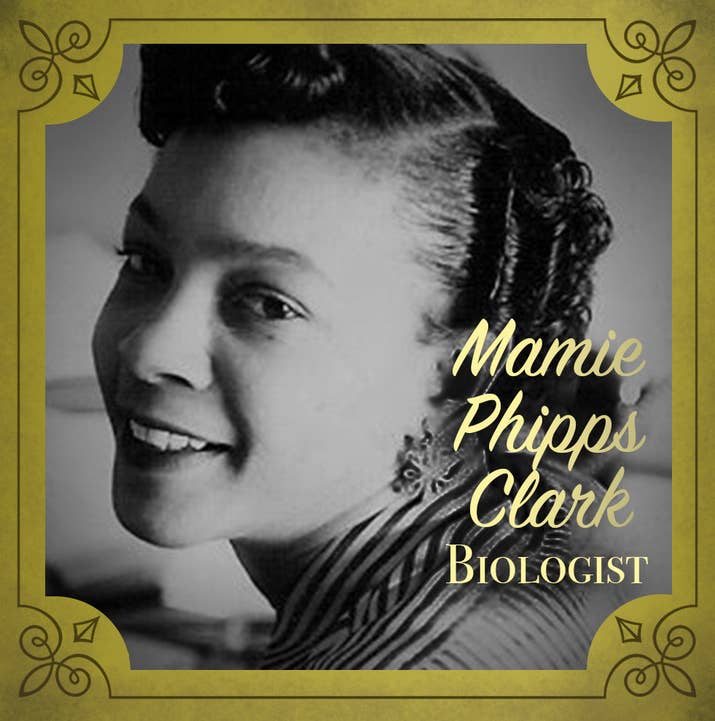
In the now-famous “doll test,” Mamie and her research partner (her husband) presented children with a black doll and a white doll and asked them how they felt about each. It is largely due to their findings — that children preferred playing with the white doll over the black doll, affirming that segregation does negatively impact the self-image of black children — that schools were finally desegregated. The Clark team summoned forth the facts, data, and receipts to win a landmark case and give black children access to better education and sense of self-worth. Yes, Mamie Clark.
4. Mae Jemison (1956-present), a physician, engineer, AND astronaut who was the first black woman to travel to space.
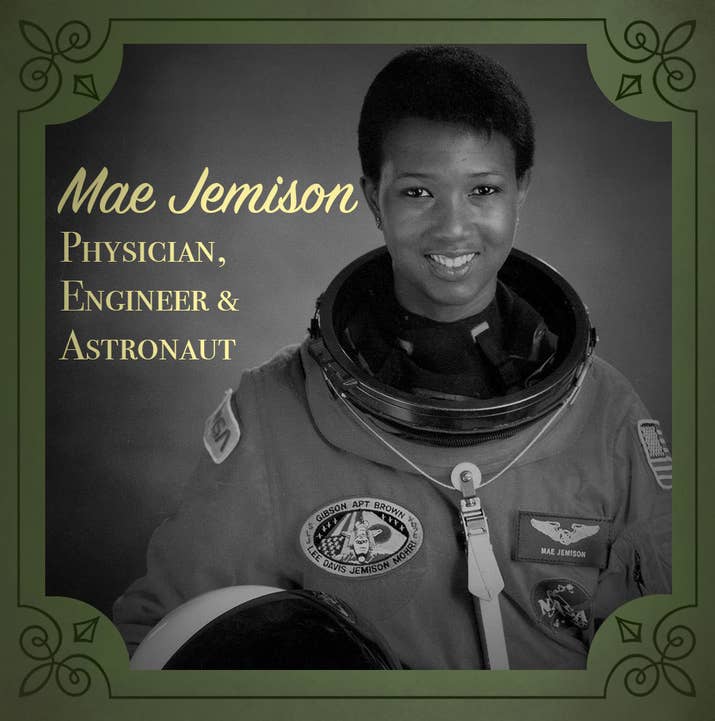
When they tell you shoot for the stars, look to Mae Jemison, because it wasn’t enough for her to be a physician and problem-solving genius — she literally went ALL THE WAY TO SPACE, too.
However, she only took one trip because she felt she had more to contribute to the people on earth. Let that sink in for a second: she left NASA and her career as an astronaut because she wanted to give back more to us. Since leaving NASA, she’s organized international science camps, taught at Dartmouth, and started a number of organizations including the Jemison Foundation, a group that promotes science literacy and education. THANK YOU, MAE.
5. Valerie Thomas (1943-present), a scientist who invented the Illusion Transmitter, a device that used concave mirrors to project 3D optical illusions.
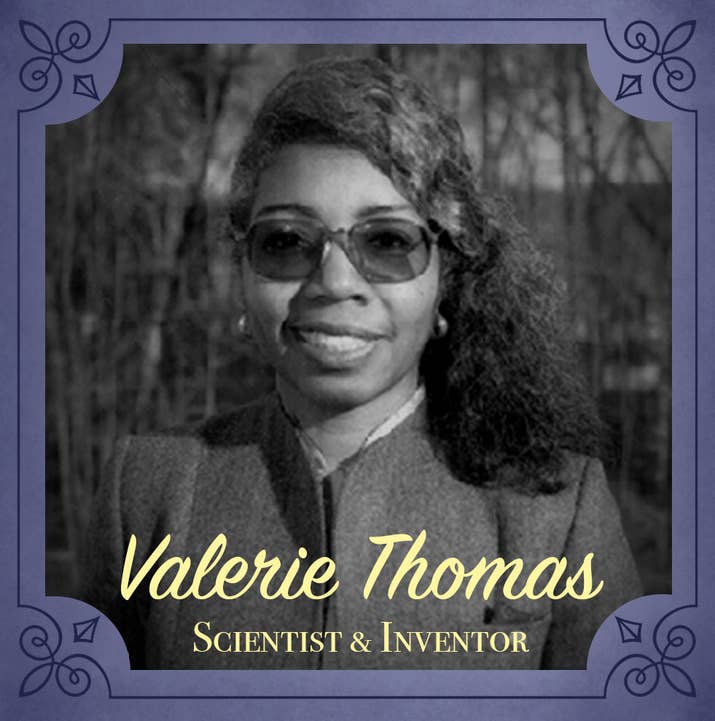
You read that right: an Illusion Transmitter, just like something straight out of Star Trek. Her crazy brilliant space device has been used in surgery, to develop television and video screens, and even by NASA. Yes, Valerie. ??
6. Jane Wright (1919-2013), an oncologist who was instrumental in developing cancer treatments.
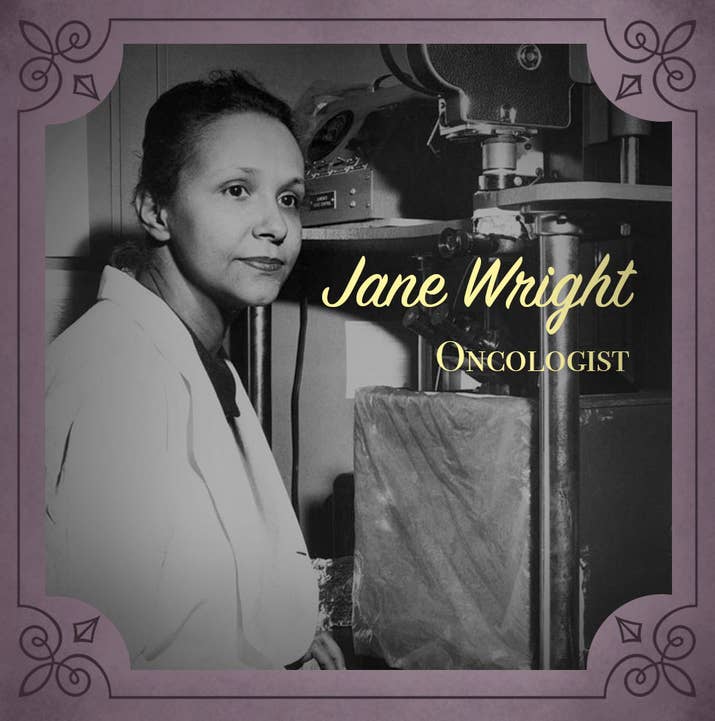
Jane Wright did so much to establish safer cancer treatments. When she began her work, chemotherapy was largely experimental; she found less invasive ways to administer it and …
Please read original article – 23 Black Female Scientists Who Changed The Damn World



